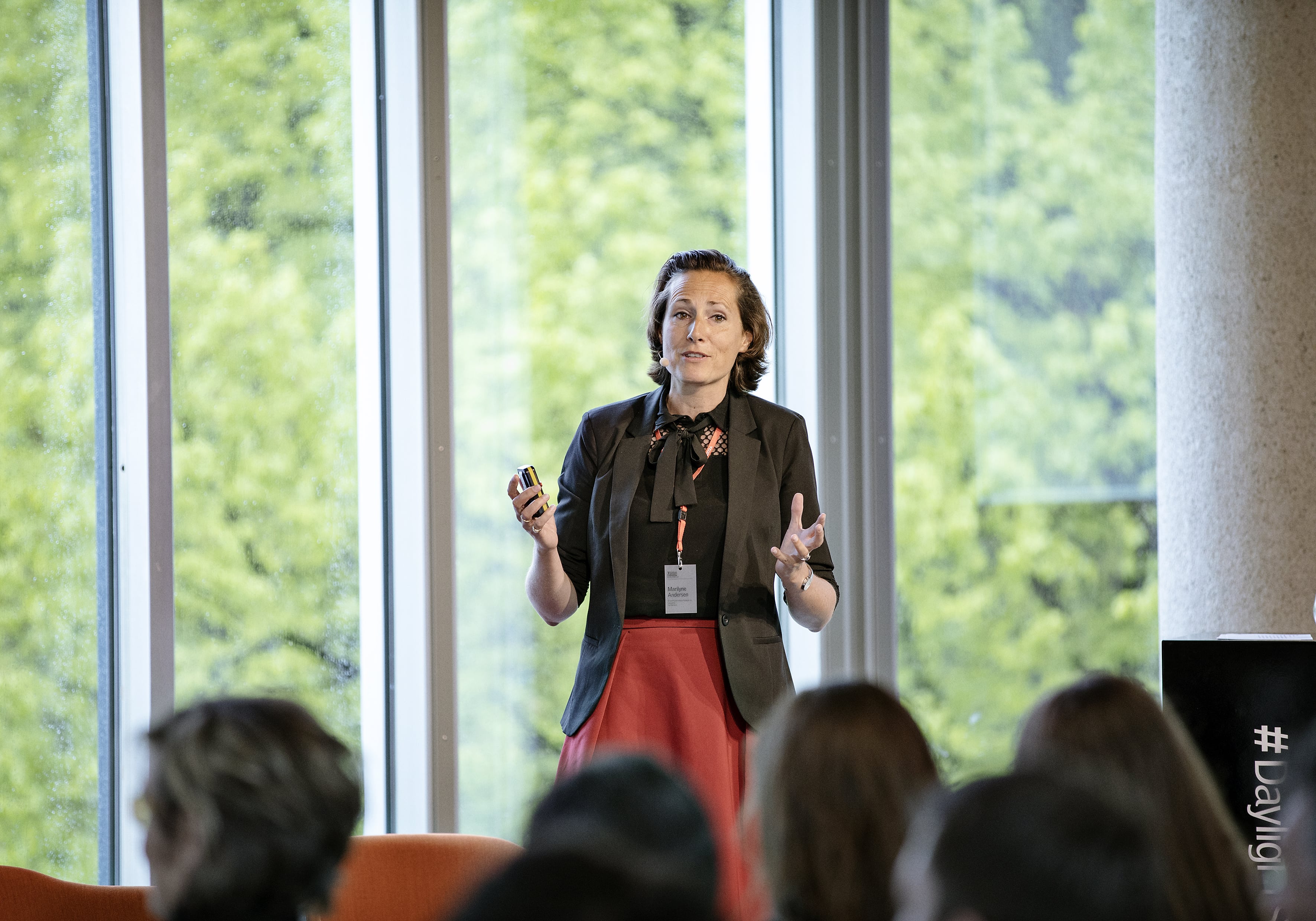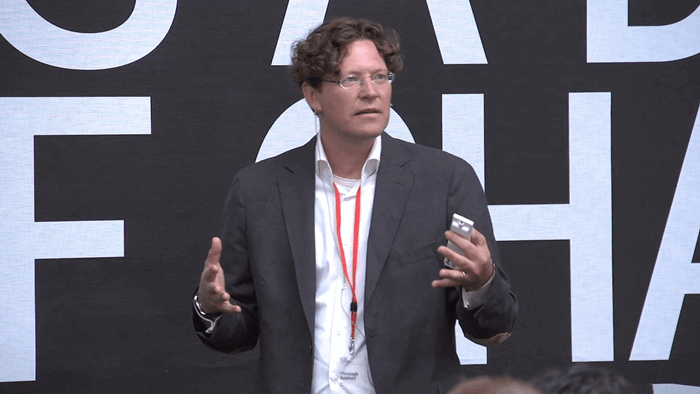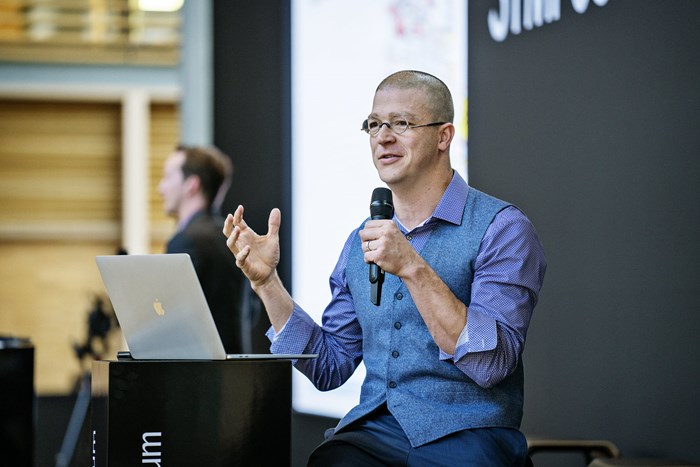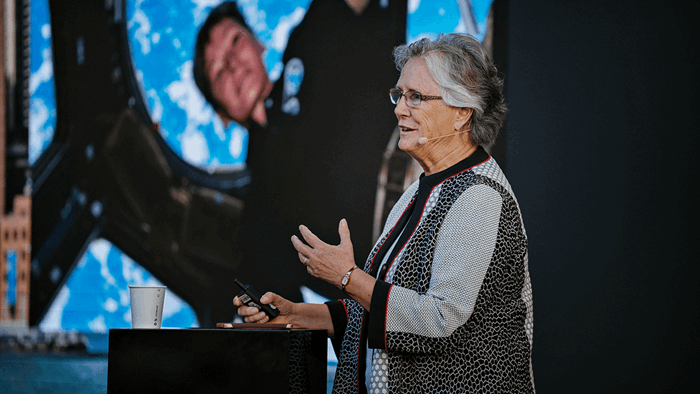
Lecture from the 7th VELUX Daylight Symposium that took place in Berlin on 3-4 May 2017 by Marilyne Andersen.
Daylighting is by nature a multi-dimensional quality in a space. It reveals its volumes and surfaces in a dynamic way, influences visual interest and enables visual performance while also constraining it, and has physiological and behavioral impacts on the space’s occupants. All these effects need to be brought together to lead to a satisfying space design and experience with one recurring question : how to best balance the resources we have available (solar radiation, energy, climate, natural or built surroundings) to fulfill, at minimum and beyond, occupants’ physiological and emotional needs.
These needs are themselves multifaceted as building occupants interact with their environment in many different ways: as users of a (work)space who perform tasks for which comfortable visual and thermal conditions are needed, as witnesses of a delightful space who want to enjoy it and seek to experience its choreography of geometry and light dynamics, as human inhabitants of a living space who need to be in an environment conducive to health, as beneficiaries of the planet’s resources concerned about minimizing energy loads associated with buildings, whether for lighting, heating or cooling.
The challenges we face are thus numerous in aiming for « good daylighting ». Trade-offs have to be found to limit visual discomfort while ensuring sufficient light exposure although we still don’t know how much exposure to light we actually need over a day, or a week, or a season to fulfill our physiological needs. We also have to embrace emotional aspects of daylight in our quest for better solutions, and thus broaden the range of performance predictors by including perceptual qualities in a consistent way.
Spectrally and time-dependent, human-centric, field-of-view based and immersive approaches to investigating daylight performance seem highly promising to address some of these challenges.
Marilyne Andersen is Full Professor in Sustainable Construction Technologies at EPFL in Switzerland, and Dean of the School of Architecture, Civil and Environmental Engineering. She is the head of the Interdisciplinary Laboratory of Performance-Integrated Design (LIPID) since 2010. Before joining EPFL’s faculty, she was an Associate Professor at MIT in the Building Technology Program and the Head of the MIT Daylighting Lab that she founded in 2004. Marilyne Andersen owns a MSc in Physics and specialized in daylighting through her PhD in Building Physics at EPFL and LBNL in California. Her research focuses on building performance in the architectural context, with a special interest in the use and optimization of daylight and passive solar strategies. She pursues pioneering work in comfort and health implications of daylight as well as low-energy building technologies. This interdisciplinary work at the interface between the domains of architectural design, building engineering and more fundamental science has opened new development and cooperation perspectives between otherwise remote research fields.
She is the author of over 90 refereed scientific papers, recipient of several awards including the prestigious Daylight Research Award 2016, and is a member of the Board of the LafargeHolcim Foundation for Sustainable Construction.


